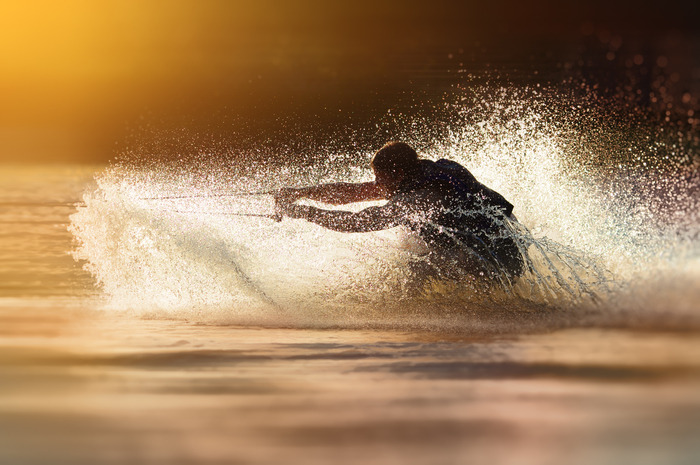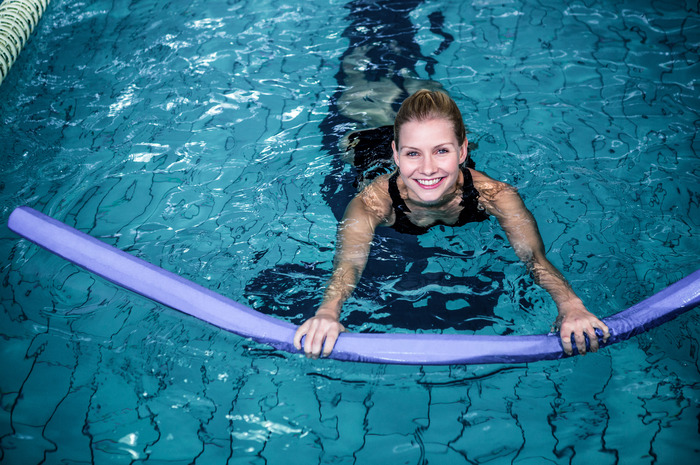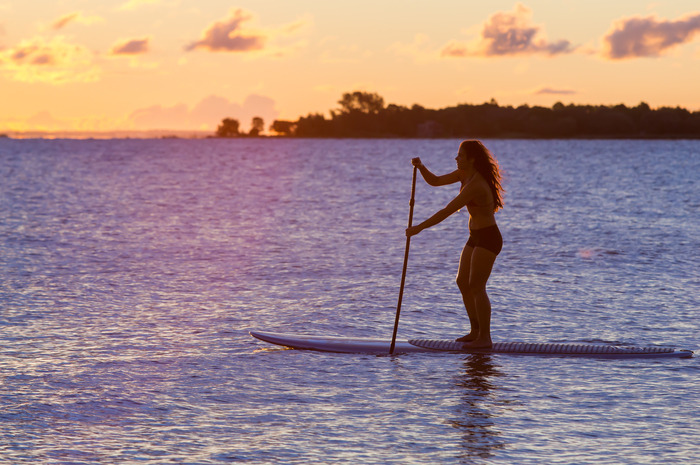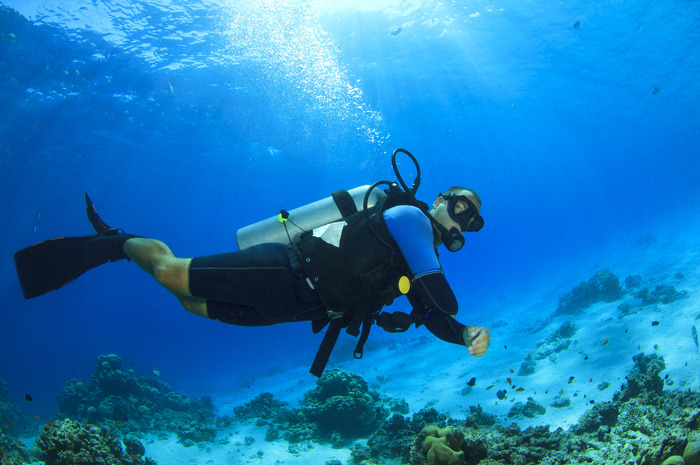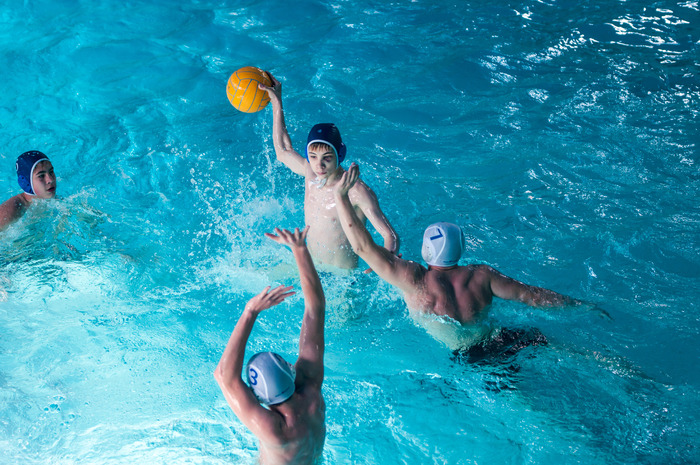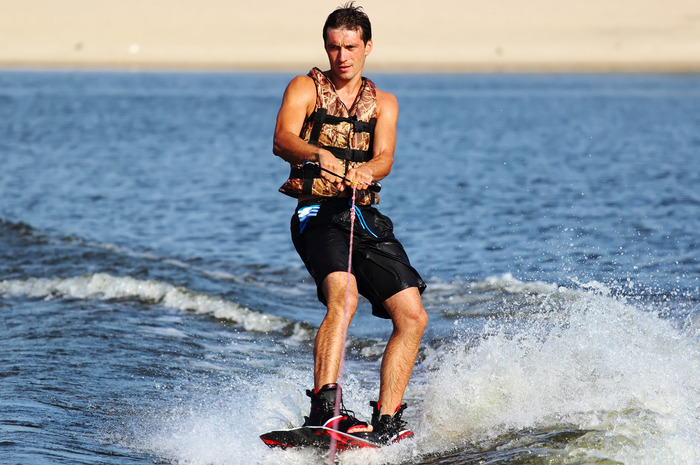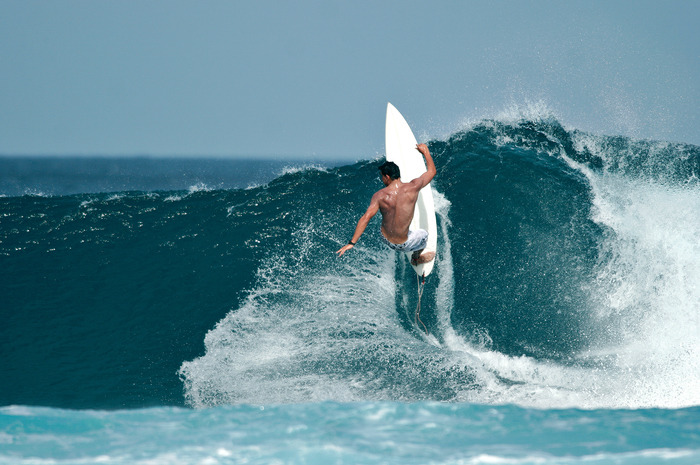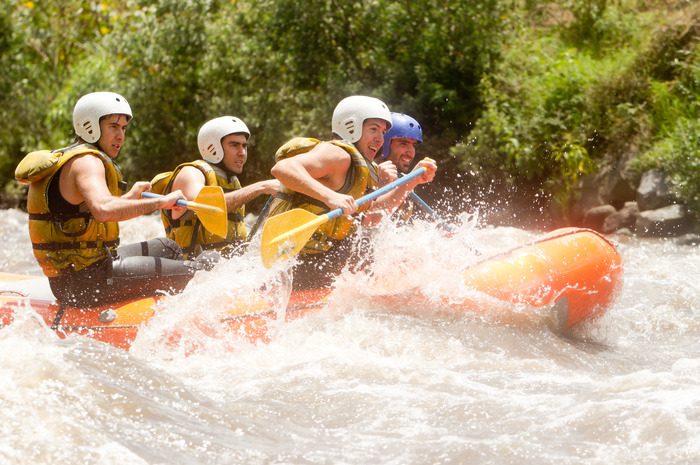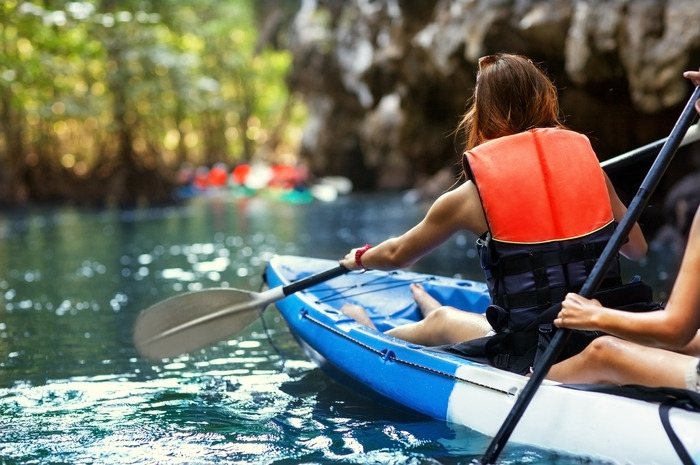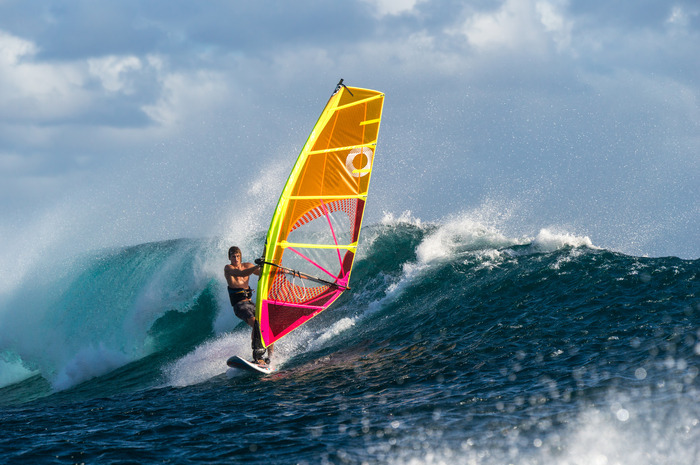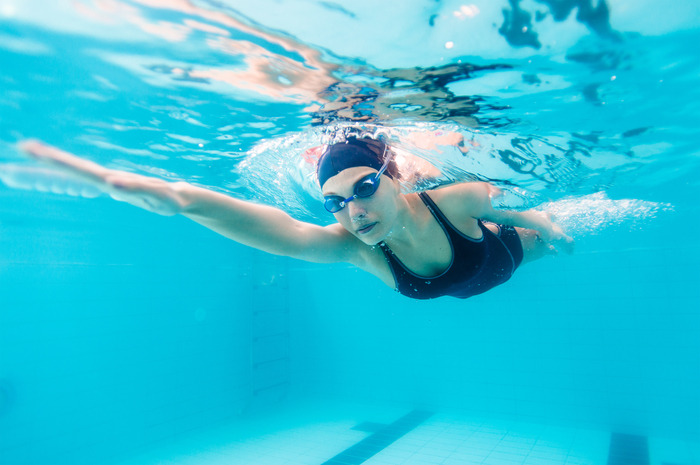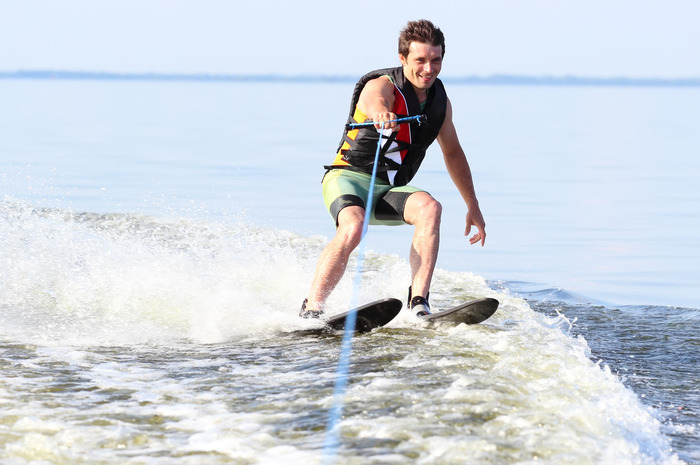Water Sports That Will Put Your Current Workout To Shame
Water is 784 times denser than air, which means that every kick and slide is a full-body workout. Your core, hips, glutes and arms feel it the most. The benefits of aquatic exercises in general are numerous – greater calories burn, low-impact cardio training and not feeling sweaty. Gym-goers often want results as fast as possible and some workouts will provide them, but they come with greater risk for physical injuries and physiological burnout. Shorter and more intense routines have been a trend for several years now. Water sports fit perfectly into that category, with the additional component of having lots of fun.
Water Pilates
Also called "poolates," this workout is one of the best underwater exercises. It will engage all of your major muscles to help you stay balanced, giving you a full body workout. All movements are done in the water using different positions like standing, floating and sitting. The practice is considered more challenging than traditional Pilates, as it can be difficult to control your limbs when the water is in a constant state of movement. And "poolates" is still all about the core—every movement comes from the body's powerhouse, leaving you with a tighter and more toned stomach.
Stand-up paddle boarding
If you're thinking of a new way to get in shape for the summer and you live near water, you should consider stand-up paddle boarding, also known as "SUP." You need to maintain balance and stability the whole time, which means your core is getting a killer workout. Paddling is a lot more intense that it looks, adding cardio training, aiming it a great cross workout for all athletes. You can burn between 300 and 1,000 calories in one hour. It's important to pick the right gear.
Scuba diving
No one will deny that scuba diving is a fun activity that most people would love to do one day. It's also an intense workout because you are carrying heavy equipment, some of which may weigh more than 50 pounds, while swimming underwater. An average person who weighs 150 pounds will burn about 200 calories in 15 minutes, according to CalorieLab. Scuba diving offers an escape because it's something people do in isolation, alone and away from everybody. The views are astonishing and rare.
Water polo
Stay cool on hot summer days, exercise and have fun. You can do all of these at the same time. If you are playing water polo, you will constantly be alternating between treading water and high intensity sprints—a combination that creates an effective full body workout. It's like soccer in the pool. Those of you who like team sports will like it the most. Organize a casual game, or compete in a league and enjoy the benefits of this tough and very fast workout while you're distracted by your competitive side. A 180-pound person will burn about 420 calories in 30 minutes of playing.
Wakeboarding
This sport might be hard to master, but it's a tremendous workout that mostly feels like summer fun. Challenge and tone your legs, core and arms, while maintaining balance and add tricks to your routine when you improve. You have to adjust your body to the pull the rope, making your core work as hard as possible. Your arms and shoulders also get strong in the process as you pull yourself out and onto the water. Your heart rate will be elevated as well, which means the sport is also a good cardio session.
Surfing
Studies done by researched at Auckland University of Technology in New Zealand found that surfing requires a high-level of aerobic endurance as well as muscular power. As people have to maintain stability in the water, do high-intensity bouts of all-out paddling to catch waves, and ride a wave, which requires certain skills as well, surfers are getting better at endurance, power and core balance. From the upper body strength it takes to paddle out to the balance it takes to ride waves, every aspect of this sport tests the whole body in strength, agility and stamina.
Whitewater rafting
Whitewater rafting offers a rare thrill. This is an adrenaline-fueled workout, perfect for active people who want to keep moving despite the summer heat. You are at the same time making your arms and core stronger. Depending on your experience, you may want to start rafting in class I Rapids, which usually have small waves, few obstacles and a very low risk of injury. One hour of whitewater rafting will have the average 150-pound person burn close to 300 calories an hour.
Kayaking
As you plan adventurous trips for the summer, be sure to include a place that you can only see by kayak. The reasons are endless – it's exhilarating; you get access to remote locations, the serenity and peace is relaxing; you're working out because you're strenuously using your core and upper body. It's also a great cardio-strength training activity. An average 150-pound person will burn about 270 calories in an hour, according to CalorieLab. Your upper-body and core, especially the obliques, are targeted.
Windsurfing
Windsurfing is not your typical sport and the physical benefits are exceptional, too. Balancing on the board improves core strength and directing the sail targets muscles in the upper body from forearms down into the lower back. As you improve on the board, windsurfing becomes a great cardio workout. As a beginner, you may be spending most of the time falling off the board, repeatedly pulling yourself out. This, too, is a great exercise.
Swimming
Swimming will always be a favorite summer activity and one of the most efficient total-body workouts around. The resistance of the water is great for building strength and picking up the pace makes for fantastic cardio. If you needed just one more benefit, it's virtually impact-free, meaning the risk for stress injury is far less than that of frequent runners or weight lifters. Depending on the style of the swim, you can burn between 350 and 680 calories an hour.
Water skiing
Water skiing is a lot of fun and it has many health benefits – you are toning your muscles, increasing core strength, working out your back, doing resistance training, and burning calories. Holding onto a rope and balancing on skis or a wakeboard is not as easy as some people make it look. You start as you're in the water, squatting toward the back. Control your speed and pull, and be aware of your body (just like in conventional skiing). The average 150-pound person will burn about 340 calories an in one hour.
